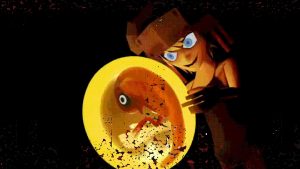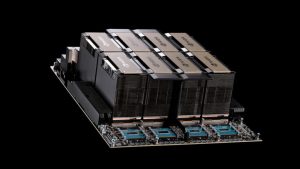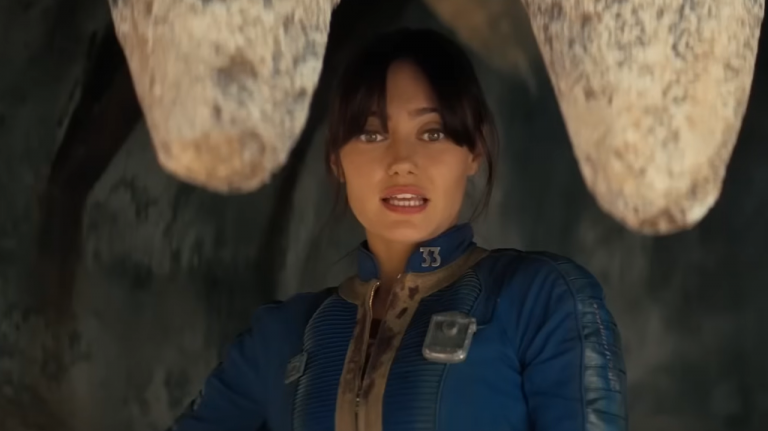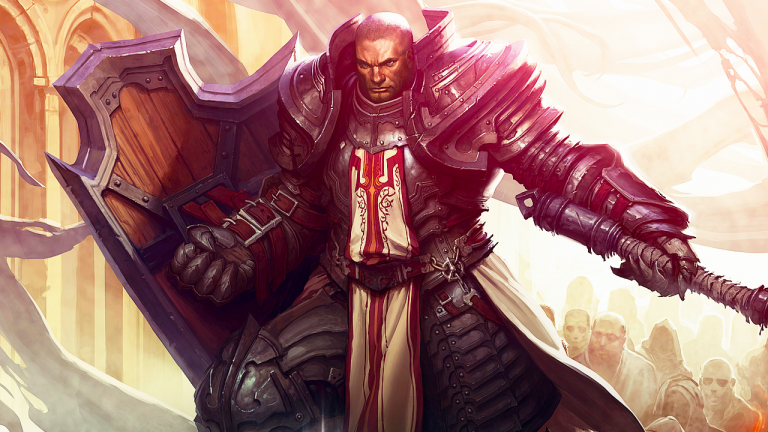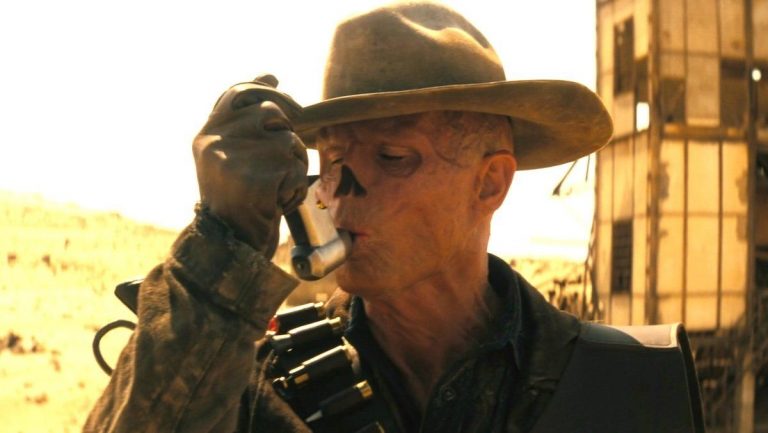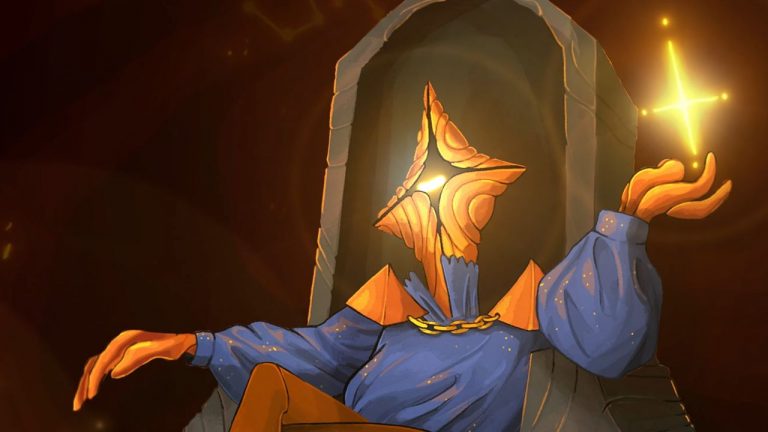As a card-carrying MonHun sicko, it brings me no joy to say this: The Monster Hunter Wilds beta doesn’t bode well for a smooth launch.
Considering it’s attracting hundreds of thousands of players, the beta’s certainly enjoying plenty of attention. Unfortunately, that attention hasn’t been entirely positive. Players aren’t having the peachiest time once they’ve entered the Forbidden Lands for their demo hunts: Hunters have been reporting widespread performance struggles, while seemingly bugged LOD (level of detail) transitions are leaving their games populated with ghastly lo-poly NPCs and monster models that look straight out of a PS1 game.
Currently the front page of the Monster Hunter subreddit is filled with players sharing the bizarre scenes produced by the beta’s graphics issues. In one video of the introductory demo hunt, the giant toad monster Tetsucabra appears as an amorphous hulk with no identifiable features and missing limbs. In another, an LOD-crunched Rey Dau swoops in looking like a cliff racer from Morrowind.
Just beat the demo it was fun but i think the graphics could be a bit better from r/MonsterHunter
Monster Hunter PS1 Demake from r/MonsterHunter
Elsewhere on Reddit, in a thread discussing the beta’s player count, discussion quickly shifted as users across a spectrum of PCs shared their experiences with the beta’s spotty performance. “I’m on a Ryzen 5 5600/RTX 3060, decent mid-range stuff, and I barely hit 30FPS a lot of the time without DLSS on Medium settings,” one redditor said. “With it I can hit 50-60 but the world seems to be smeared in vaseline, not a great tradeoff!”
“There definitely seems to be a CPU bottleneck or something when it comes to the framerate in town,” said another user running an AMD Ryzen 5800X and an Nvidia RTX 3080, “because I found changing graphics settings made very little difference (I only gained like 10FPS going from High/Ultra to Low).”
While I haven’t experienced any monsters devolving into polygonal frankensteins, I’ve been enduring my own performance issues with the Wilds beta. In addition to low framerates and frequent LOD pop-in, the game’s got a constant bleary ghosting effect, even when I’ve disabled any kind of upscaling. I can tinker with things until it’s playable enough to hunt a monster, but I wouldn’t call it an enjoyable level of performance.
Much as I’d like to say otherwise, this doesn’t come as a complete surprise. After Dragon’s Dogma 2 generated its share of performance woes earlier this year, Capcom didn’t inspire confidence when it revealed that the recommended Monster Hunter Wilds system specs were only targeting 1080p/60fps with medium settings and frame generation enabled. Dragon’s Dogma 2 notably got a patch in September, six months after release, to improve “frame rates in areas with a lot of NPCs, such as town centers” which were apparently suffering due to “CPU overload.” Both games run on Capcom’s internal RE Engine.
Capcom seems aware of the beta issues. This morning, the official Monster Hunter account on X tweeted that the full game “is already in a more improved state compared to the beta test.” Capcom also provided a troubleshooting guide for the beta, with your standard suggestions of updating your GPU drivers and—let’s see here—making sure your Windows Media Player codecs are up to date? Can’t hurt, I guess. (Unless it does.)
I’d love to know what, specifically, is already “in a more improved state,” but we likely won’t know until the full Monster Hunter Wilds launch on February 28. Hopefully Capcom can fit a healthy amount of optimization work into the next four months. Until then, I’ll be running the numbers on how many PC upgrades I’m willing to invest in sword fights with dinosaurs.

